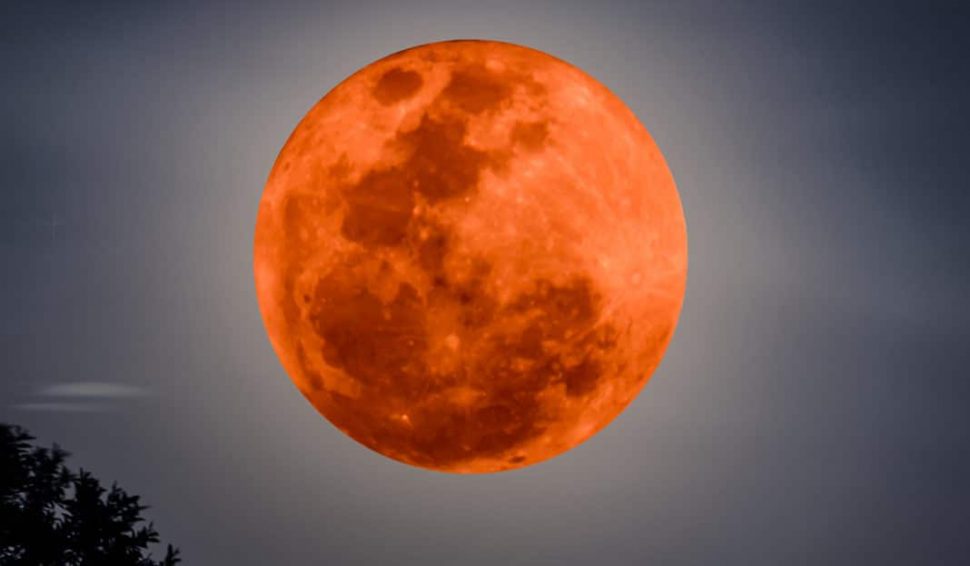Recently a spectacular event happened in the sky which left the people from Western Hemisphere awestruck. On Sunday, January 20, people in the Western Hemisphere experienced the only total lunar eclipse of 2019, called the ‘Super Wolf Blood Moon’.
More photos showing meteor impact I was able to capture during eclipse! #EclipseLunar #meteor #space #eclipse pic.twitter.com/6TQayGiUld
— Greg Hogan (@gregoryhogan) January 23, 2019
Did that just remind you of Twilight series? Well, the name seems to have derived from one of such fantasy dramas but it happened for real. The name has a significance for the way lunar eclipse will be seen.
Here are some insights into the lunar celestial show:
Going by what is told in the Old Farmer’s Almanac, the event is a total lunar eclipse but prepared from the other designations for the moon. The words ‘super’, ‘blood’ and ‘Moon’ play pivotal roles there. In the due course of this lunar eclipse, the Earth moves between the Sun and the Moon, casting a shadow on the moon. The common thing between total solar eclipses and total lunar eclipses are that they both can be seen with bare eyes.
When the Earth casts its shadow on the Moon, it glows Red, dark red in color. The word ‘super’ is used to pinpoint a ‘super moon’. It means that the full or new Moon is closest to the Earth’s orbit and appears brighter than usual.
You may be still wondering from where the word ‘Wolf’ originated. To tell you, it has relevance with the Native American tribes and early colonists who define a full moon which occurs in January usually.
How people in the Western Hemisphere saw it?
The partial eclipse began at 10:30 pm EST on Sunday, January 20 and will take over 3.5 hours to go through all of its phases. Proving the Almanac right, the Moon was visible to everyone in the Western Hemisphere.
However, on the very day of the eclipse, some coincidence made it appear more spectacular. A meteorite collided with the Moon at the time of the eclipse which marked the end of the meteorite’s journey. In this rare event, the supermoon and lunar eclipse coincided making it the third astronomical event that took place in the said morning.
A video taken by Griffith Observatory showed a small white flash happening while the meteor hit the lunar surface. Dr. Jose Maria, from the Moon Impacts Detection and Analysis System (MIDAS) told ILFScience–” I can confirm that the flash was produced by a meteoroid that hit the lunar ground. The event was recorded by several of our telescopes in the framework of MIDAS.”
However, scientists further confirmed that a meteorite hitting the Earth’s surface is not a new event. The collisions happen frequently but the only a few times the scientists are lucky to have instruments in the right place and right time to record them.
During the Super Wolf Blood Moon, the Moon appeared a little big than usual. It happens like a clockwork but this time the Moon really seemed unreal with Earth’s shadow on it.





